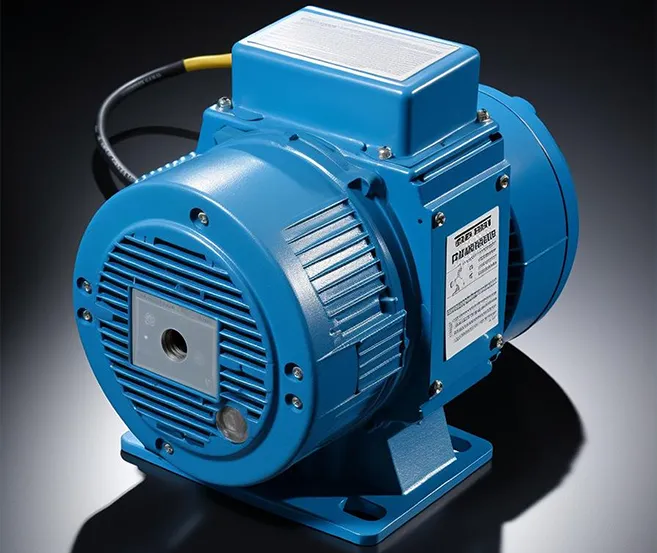What is a stator? It is a stationary component found in electric motors and generators. The primary function of the stator is to control the movement and rotation of the rotor. It does this by creating and altering magnetic fields.
What is a stator? In electric motors and generators, stators are components made from various materials and designs to enhance energy efficiency and device performance. They serve different functions in each area. In electric motors, the stator typically acts as the outer shell. Permanent magnets or electrically excited coils create a magnetic field when current passes through, which enables the motor to rotate. In generators, it is the part that converts mechanical energy into electrical energy. The energy produced by the rotor generates an electric current in the coils inside the stator.
What are stator and rotor? These two terms refer to the fundamental components of rotating machines, especially in electric motors and generators. Together, they play key roles in the energy conversion processes of these devices. The interaction between the stator and rotor is based on the principles of electromagnetic induction. This interaction enables the motor to rotate or the generator to produce electricity.
What is a Stator and What Does it Do?
Electric motors are an indispensable part of daily life, and one of the most important components of these motors is the stator. As one of the two main components of a motor, the stator can be described as the heart of the motor.
The stator is the non-rotating, static part on the outside of an electric motor or other rotating electromagnetic devices. It usually contains copper wire coils and when these coils are excited with alternating current (AC), they generate a magnetic field. This interacts with the motor’s rotor, causing the motor to rotate. The stator is also the stationary part of the motor and is often silicon-coated.
The stator plays a very important role in electric motors. Through its rotating magnetic field created by the wire coils, it applies a rotational force on the motor rotor. This interaction enables the motor to produce mechanical power. It can be said that the stator directly affects the efficiency and performance of motors.

The stator and rotor are the two main components of a motor and are in constant interaction with each other. While the stator is the static, non-moving part; the rotor is the moving part that enables the machine to operate. The harmonious operation of these two components ensures the smooth and efficient functioning of the motor.
Induction motors, especially used in industrial applications, are common types of motors. In these motors, the stator is the main component that controls the rotational speed of the rotor. Among the parts of an induction motor, the stator plays a critical role in directly affecting the speed and torque of the motor.
For DC motors, the stator is also an important component. Here, the stator typically provides a steady magnetic field, and the rotor rotates within this field. Depending on the type of electric motor, the role and structure of the stator can vary.
What Happens if the Stator Fails?
If the stator fails, the motor can experience significant performance declines. Issues such as improper functioning of the motor, overheating, or complete stoppage may arise. Therefore, regular maintenance and inspection of the stator are essential for the healthy operation of the motor.
What is a stator, and where is it used? Stators are not only used in induction machines but also in many different areas, such as in motorcycle engines. In motorcycle motors, the stator also plays a critical role in electricity generation and in the efficient operation of the motor.
What is a Stator Motor?

A stator motor is a type of electric motor in which the stator is the fixed component. In electric motors, the stator contains windings through which electric current flows, creating a rotating magnetic field.
This rotating magnetic field causes movement in the rotor, which is the rotating part. This is necessary for the motor to work.
Some designs use permanent magnets inside the rotor or stator to increase the efficiency of the motor by providing a consistent magnetic field.
Stator operation involves generating the necessary magnetic field that interacts with the rotor to produce mechanical movement. This interaction between the stationary stator and the rotating rotor is fundamental to the functioning of all electric motors.
The rotating magnetic field generated by the stator windings or permanent magnets provides the torque necessary to drive various mechanical systems.
This mechanism is widely used in numerous applications, from household appliances to industrial machinery.
It makes electric motors an indispensable part of modern technology.
The design and function of the stationary part, the stator, is crucial in determining the overall efficiency and performance of the motor.
